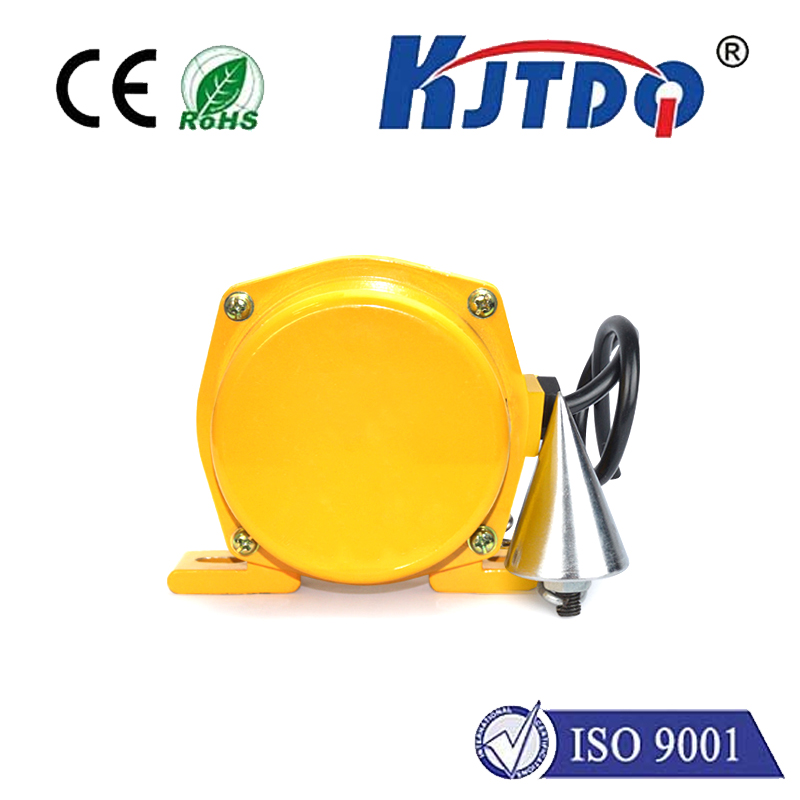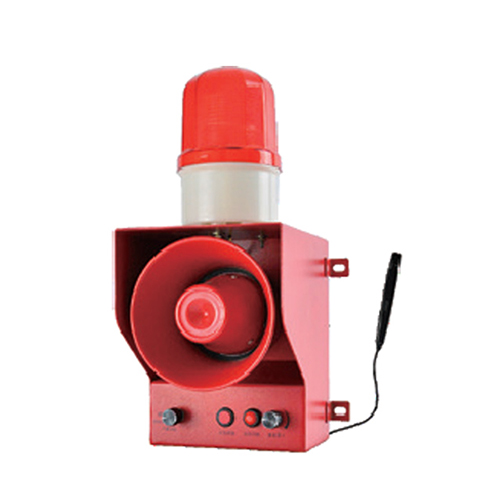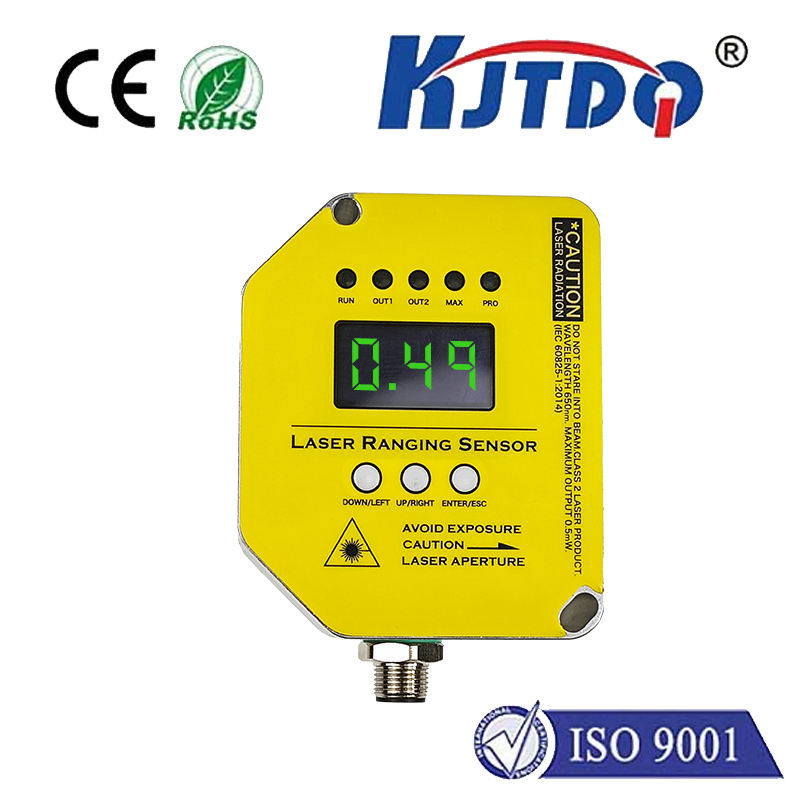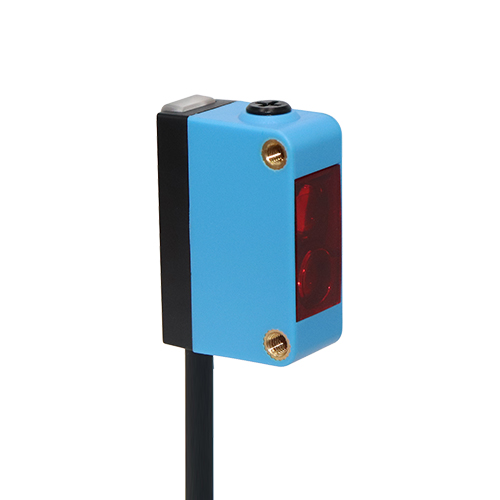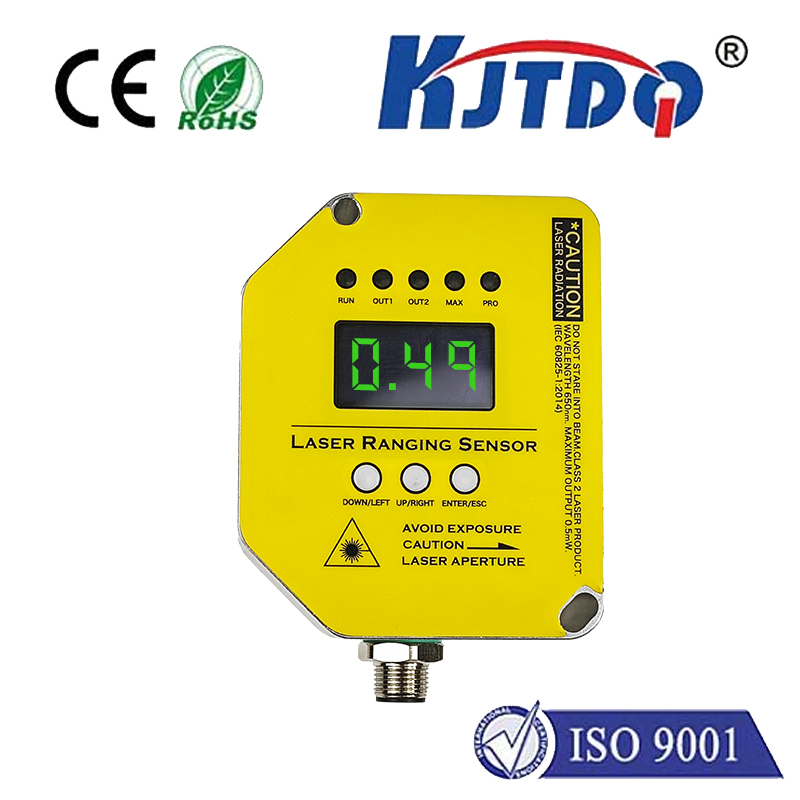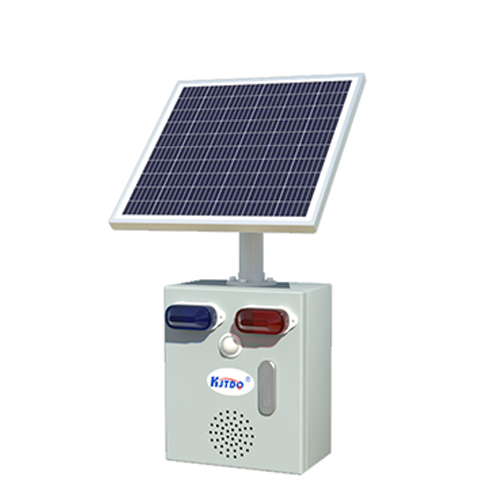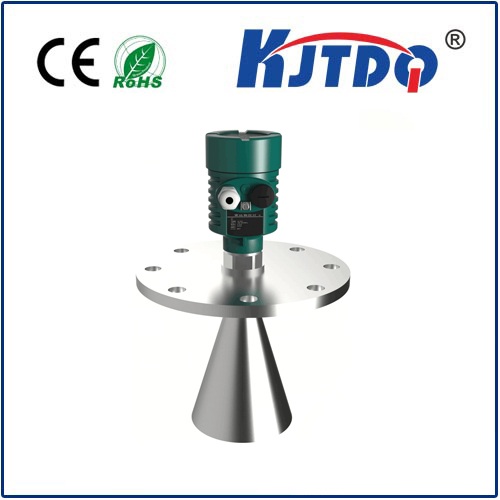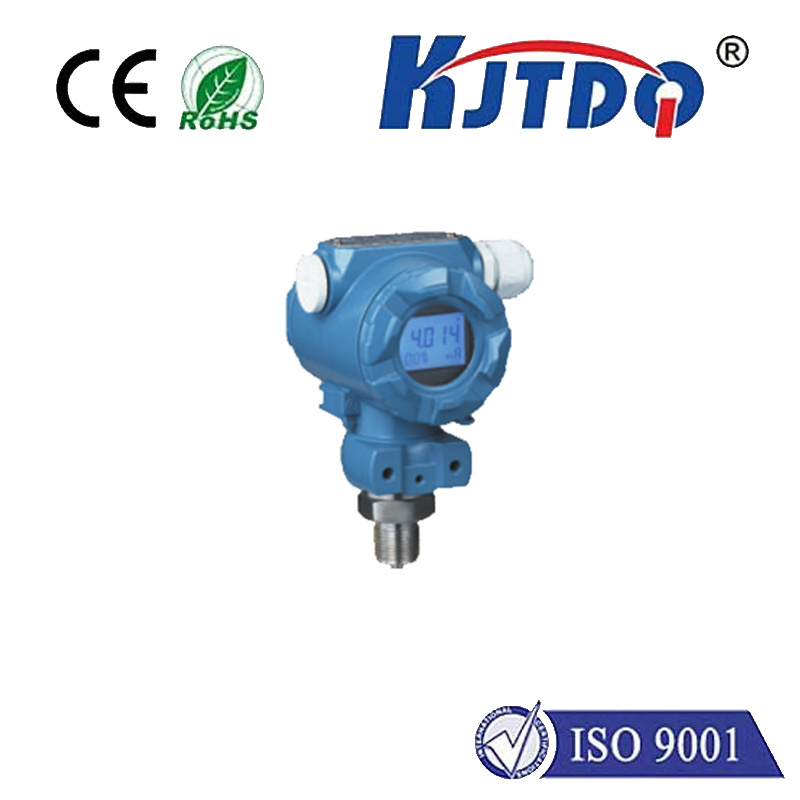sensor pt 100
- time:2025-08-20 03:20:49
- Нажмите:0
Unlocking Precision: The Essential Guide to PT100 Temperature Sensors
Temperature is a fundamental parameter, a silent orchestrator influencing everything from delicate chemical reactions to the robust hum of industrial machinery. Accurately measuring it isn’t just desirable – it’s often mission-critical. Enter the PT100 temperature sensor, a cornerstone of precise temperature measurement across countless industries. But what exactly makes this sensor tick, and why is it often the go-to choice for demanding applications?
Understanding the PT100 Sensor: Platinum Precision
At its core, the PT100 sensor is a type of Resistance Temperature Detector (RTD). Its name holds the key to its operation: “PT” stands for the platinum wire element at its heart, and “100” signifies its nominal resistance is 100 ohms at the defining 0°C (32°F) reference point. Unlike thermocouples that generate a voltage based on temperature differences, RTDs like the PT100 work on a different principle: electrical resistance changes predictably with temperature.
Platinum is chosen for several compelling reasons:
- High Stability and Repeatability: Platinum offers minimal drift over time, ensuring reliable and consistent readings year after year.
- Wide Temperature Range: While exceptionally linear and accurate in the common -200°C to +500°C (-328°F to +932°F) range, specialized versions can handle extremes from near absolute zero up to around 850°C (1562°F).
- Excellent Linearity: The relationship between resistance and temperature in platinum is remarkably linear over broad intervals, simplifying calibration and signal interpretation.
- Chemical Inertness: Platinum is highly resistant to corrosion and oxidation in many environments.
The resistance increases almost linearly as temperature rises. The specific rate of change is defined by its Temperature Coefficient of Resistance (TCR), commonly referred to as the alpha (α) value. For the standard PT100, this value is 0.00385 Ω/Ω/°C. This predictability is crucial for accurate temperature calculation.

The PT100 Advantage: Accuracy, Stability, and Interchangeability
So, why choose a PT100 temperature sensor over other options like thermocouples (TCs) or thermistors?
- Superior Accuracy: Within its main operating range (roughly -100°C to +400°C), PT100 sensors offer higher accuracy than standard TCs, often achieving ±0.1°C or better with high-grade elements. This precision is vital in laboratories, pharmaceutical manufacturing, and food processing.
- Outstanding Long-Term Stability: PT100 sensors experience minimal drift compared to TCs, reducing the need for frequent recalibration and ensuring reliability over extended periods.
- Excellent Interchangeability: Due to the standardized platinum resistance curve (IEC 60751 / DIN EN 60751), PT100 sensors from different manufacturers can often be swapped with minimal impact on system accuracy (within specified tolerance classes). This simplifies maintenance and sourcing.
- Lower Sensitivity to Noise: The resistance signal is generally less susceptible to electrical noise compared to the low-voltage millivolt signal of thermocouples, making them potentially more suitable for electrically noisy industrial environments.
Where PT100 Sensors Shine: Diverse Applications
The combination of accuracy, stability, and robustness makes the PT100 RTD indispensable across a vast spectrum:
- Industrial Process Control: Precise temperature regulation in chemical plants, refineries, power generation, and manufacturing (plastics, metals, paper).
- HVAC and Building Automation: Monitoring and controlling climate systems for comfort and energy efficiency.
- Laboratory and Scientific Research: Where high accuracy and repeatability are paramount in experiments and calibrations.
- Food and Beverage Industry: Critical for pasteurization, sterilization, cooking, freezing, and storage processes to ensure safety and quality.
- Pharmaceutical and Biotechnology: Essential for monitoring and controlling temperatures during drug manufacturing, storage, and sterilization.
- Automotive and Aerospace: Used in engine testing, environmental control systems, and component monitoring.
Selecting the Right PT100 Sensor: It’s More Than Just the Element
Not all PT100 sensors are created equal. Choosing the right one involves considering several factors beyond the core platinum element:
- Tolerance Class: Defined by standards like IEC 60751 (e.g., Class A, B, AA), indicating the allowable deviation at specific temperatures (e.g., ±0.15°C at 0°C for Class A). Higher accuracy demands higher tolerance classes.
- Sensor Construction and Sheath Material: The physical housing protects the delicate platinum element. Options include stainless steel (common), Inconel (high temp/corrosion), ceramic, and more, chosen based on temperature, pressure, and chemical compatibility.
- Wire Configuration (2-wire, 3-wire, 4-wire): This is crucial for minimizing measurement error caused by lead wire resistance.
- 2-Wire: Simplest and cheapest, but lead wire resistance directly adds to the measured value, causing significant error, especially with long cables. Suitable for low-accuracy applications or very short leads.
- 3-Wire: The most common industrial configuration. An extra wire allows the measuring instrument to compensate for lead resistance, dramatically improving accuracy over distance. The practical choice for most process applications.
- 4-Wire: Offers the highest accuracy. Uses two wires solely for excitation and two for voltage sensing, eliminating lead resistance effects entirely. Used in laboratories and high-precision instruments.
- Response Time: Dictated by the sensor’s mass and construction. A thin-film element in a small sheath reacts faster than a wire-wound element in a large thermowell.
- Thermowells: Often used to protect the sensor in high-pressure, corrosive, or high-flow environments, allowing removal without process shutdown. Material and design significantly impact cost and response time.
Installation and Calibration: Ensuring Peak Performance
Proper installation is key to realizing the PT100 sensor’s full potential. Key considerations include:
- Immersion Depth: Ensure sufficient immersion in the measured medium (typically 10-15 times the sensor diameter) to avoid stem conduction errors.
- Location: Place the sensor where it truly represents the process temperature, avoiding dead zones, heat sources, or cold spots.
- Wiring: Use the correct configuration (3-wire or 4-wire) and ensure good connections to minimize resistance errors. Shielded cable is recommended in noisy environments.
- Calibration: Even the best sensors drift over time or can be damaged. Regular calibration against traceable standards is essential to maintain confidence in the measurements, especially in critical applications.
The Unwavering Choice for Precision
From the intricate processes shaping modern pharmaceuticals to the vast networks controlling our built environment, the PT100 temperature sensor provides the steadfast, accurate data needed for control, safety, and quality. Its foundation in the predictable properties of platinum, combined with robust construction and intelligent configuration options like the ubiquitous 3-wire setup, makes it a remarkably versatile and reliable tool. Understanding its principles, advantages, limitations, and proper implementation unlocks its full potential as the precision workhorse of temperature measurement. When accuracy truly matters, the PT100 RTD consistently delivers the thermal intelligence required.

